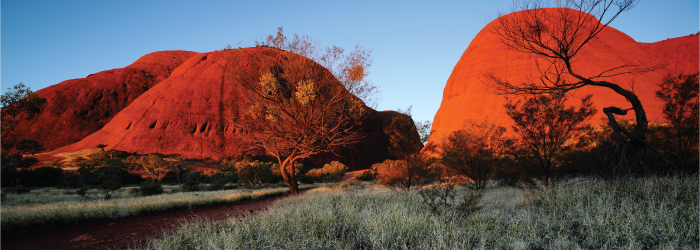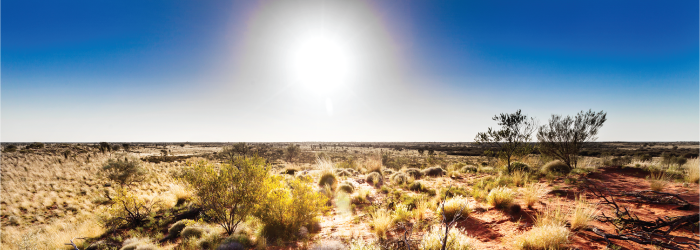Our logo


Pictured above:
A chest plate belonging to King Dick of Boondie, chief of the Palparara tribe of western Qld in the Winton-Windorah area, near Julia Creek. This plate was on display at the Miles & District Historical Village.
What is a gorget
In pre-Federation Australia the various armed colonial services wore a gorget, or breastplate, to indicate the rank of officers. The gorget itself being only a ceremonial imitation of the full gorget of an armoured knight that protected the neck and connected the helmet to the armour plating of the shoulders and chest.
To honour those Indigenous Australians who had distinguished themselves amongst the newly arrived colonial settlors a brass gorget might be given with a grand title. Most commonly the title of King was bestowed and this gave rise to the alternate descriptions of the gorgets as king plates. In many cases these honours were sincerely well intentioned gifts, and in some cases as a bribe for treachery against other Indigenous people, but in all cases these honours were given in ignorance of the actual practices, customs and leadership structures of Australia’s Indigenous peoples.
At Tanjenong IC (Indigenous Corporation) we are re-appropriating this symbol as an assertion of an Aboriginal identity and independence.
Please note: Tanjenong IC has no relationship with this author and receives no benefit from any sales of this book, this link is provided for the purposes of building awareness and education only.





